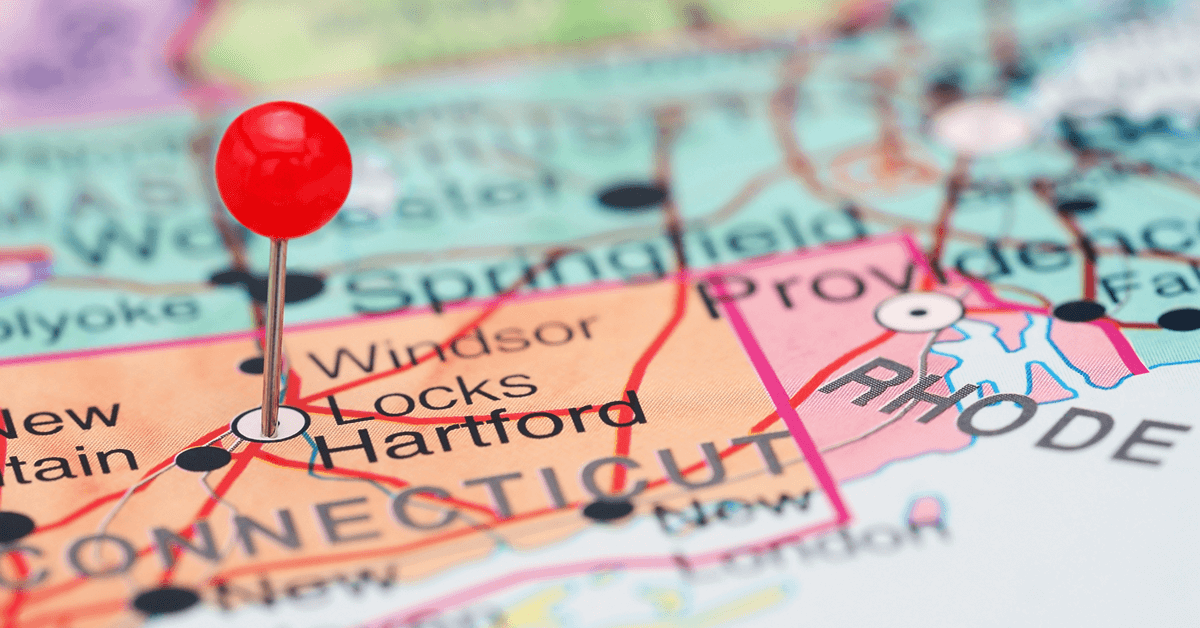
What Does Connecticut’s Proposed Mansion Tax Mean for Homeowners?
Connecticut homeowners frustrated by the state’s property tax inequities may see relief ahead. Senator Martin M Looney has backed a proposed property tax reform that would help to address the property tax burden for low and middle-income homeowners. Although the proposed “mansion tax” will remove the burden for the state’s working-class, it’s not likely to not be as well received by homeowners whose property is valued at more than $430K.
Connecticut’s current property tax system is considered “highly regressive, meaning communities largely charge the same rate to households regardless of a family’s ability to pay,” according to the article Senate Leader Pitches New State Property Tax on High-Value Homes.
With Looney’s proposal, homeowners whose homes have a market value of $430,000 or more will see a one mill tax. Because Connecticut assesses property at 70% of its market value, a home that assesses for $300,000 would then have a market value of $430,000.
Another way to think of it is that $1 for every $1,000 of the assessed value will be taxed, with the first $300,000 of the assessed value being exempt. So, a homeowner whose home has a market value of $500,000 would pay an extra $50 in property taxes while a homeowner whose home has a market value of $1 million would pay $400 extra in taxes.
While historically wealthy communities, like those throughout Fairfield County, are predicted to see the largest increase, some residents are concerned that low market value will cause this proposed system to affect traditionally working class communities as well.
Looney asserts that the “statewide property tax would promote fairness in two ways. It would be progressive in nature, targeting only those with higher value homes. Also, it would provide predictability.”
Still Connecticut REALTOR® Jessica Starr told Fox 61 that she’s worried the proposal will stop people from moving into the state. Prior to COVID-19, Connecticut experienced a marked population decline. However, she suggests that educating homeowners about what the new rates mean may give them enough confidence to buy anyway. “Number one, we want to connect [homebuyers with] a great lender that’s really going to tell them the difference in towns and what that means in terms of taxes monthly.”
Under the proposal, those higher taxes would translate into state aid for needy cities and working-class communities statewide.
The money collected from the extra taxes would be used to fund the State Property PILOT (Payment in Lieu of Taxes). Looney told Fox 61, “This proposal would set three tiers so that the poorest and neediest towns would get 50% PILOT reimbursement, the second tier 40, and the third tier 30. Right now all the PILOT’s are funded at about only 25%, so everyone would get an increase even towns at the bottom tier.”
Revenues from this proposed “mansion tax,” and from Looney’s proposed tax on capital gains, would generate $130 million to be used as state grants to reimburse communities that lost revenue in past years.
“Municipal property taxes are as high as they are primarily because the state has not been able to raise enough revenue to provide municipal aid,” Looney said. ”We are, after all, one state, and we need to look at [taxes] on a statewide basis, and not a hyper-local basis.”
If approved, Looney’s proposal has the potential to correct the state’s municipal property tax burden through this equitable property tax system.
Time to Focus on Affordable Housing
Taxes on real estate are not the answer. Sign the petition calling on Congress to address our country’s housing shortage.





